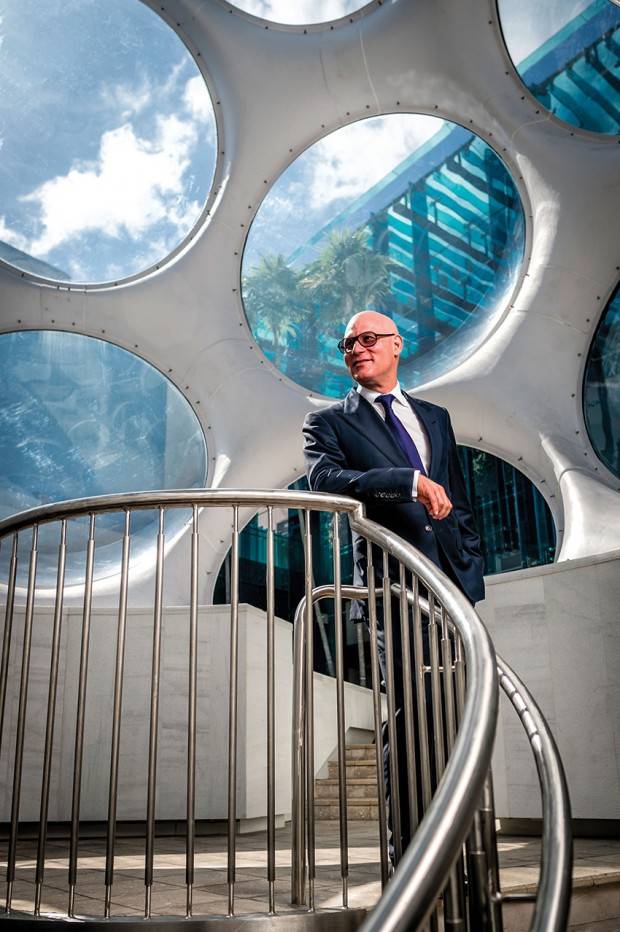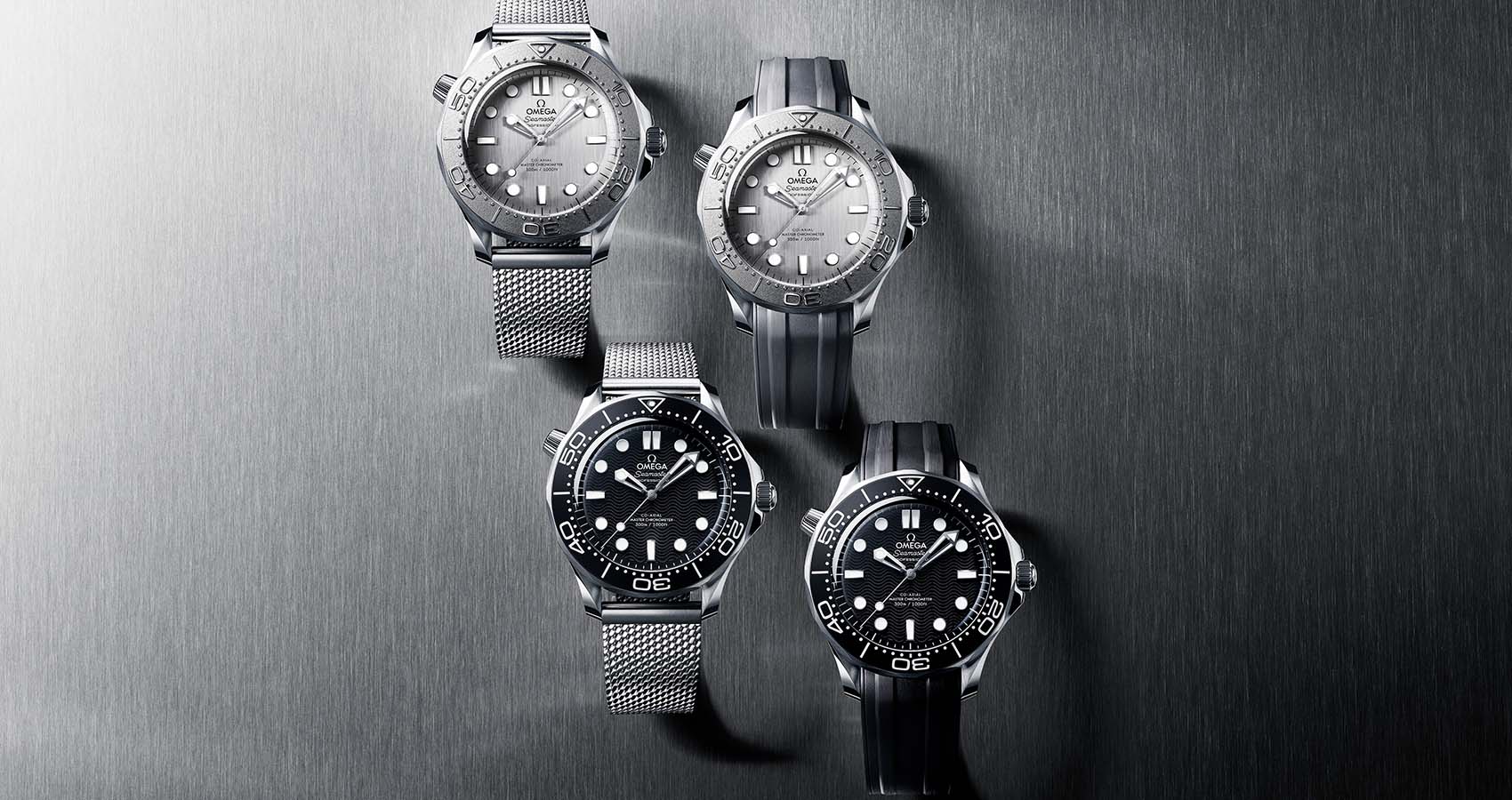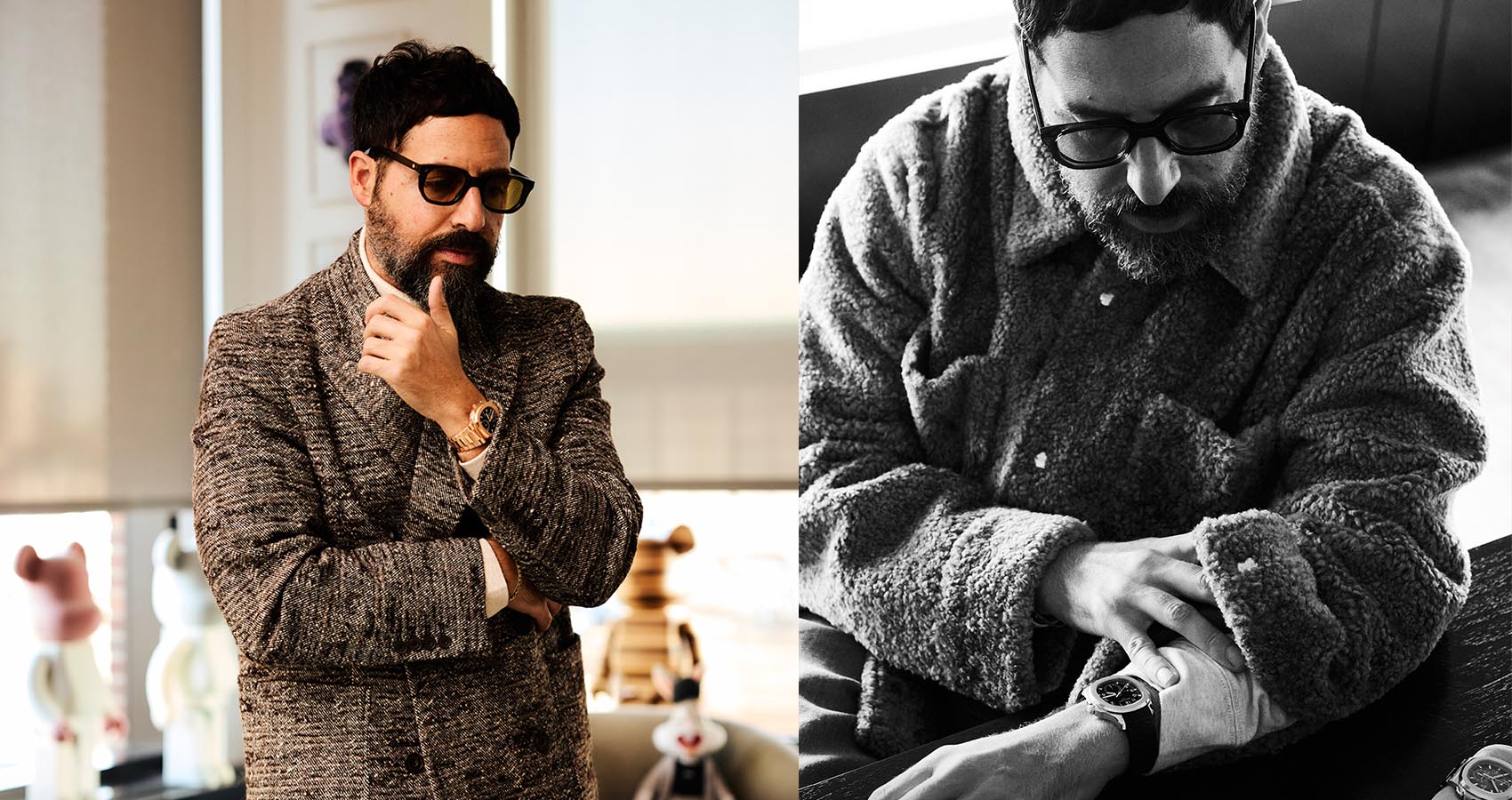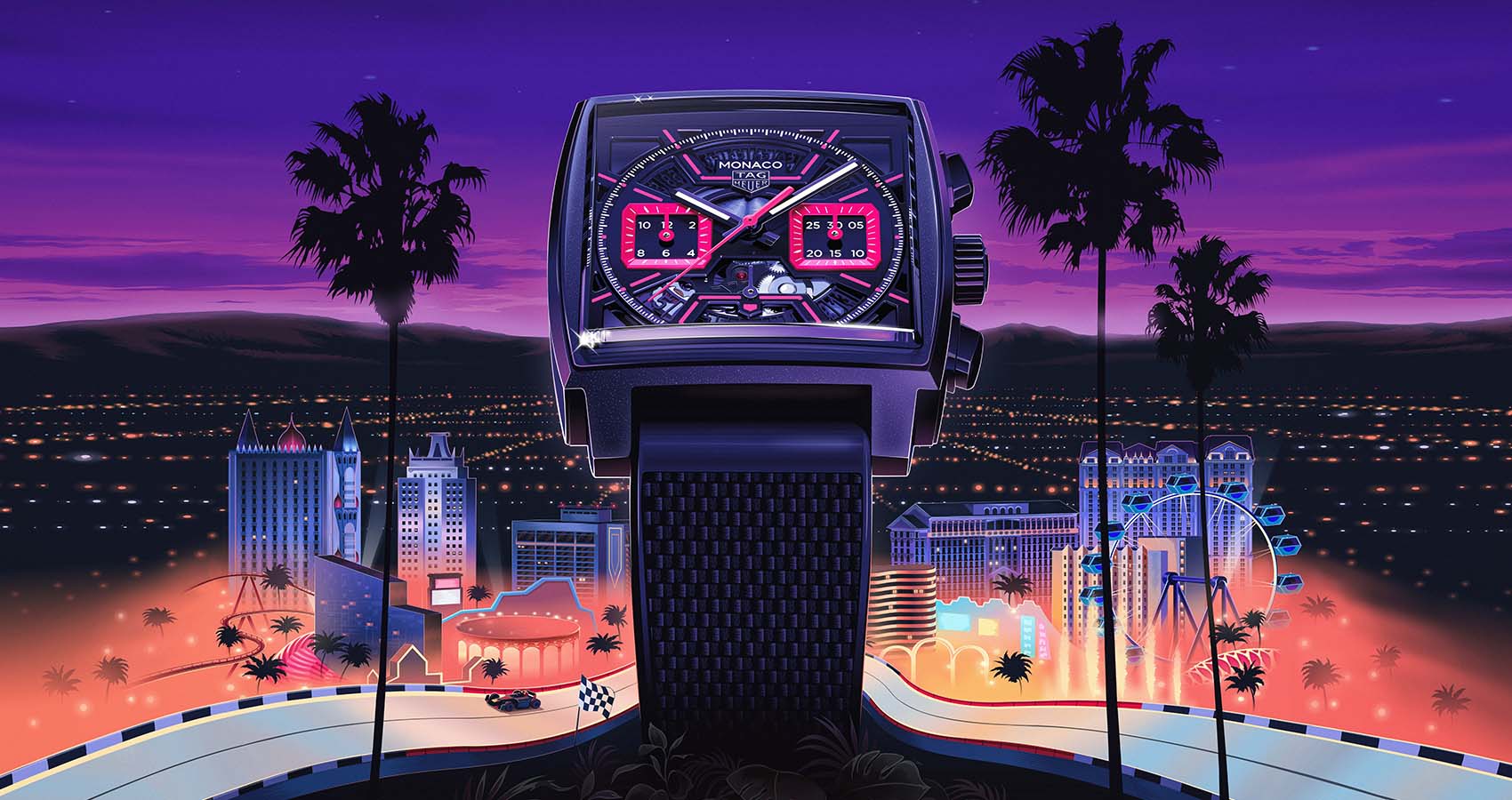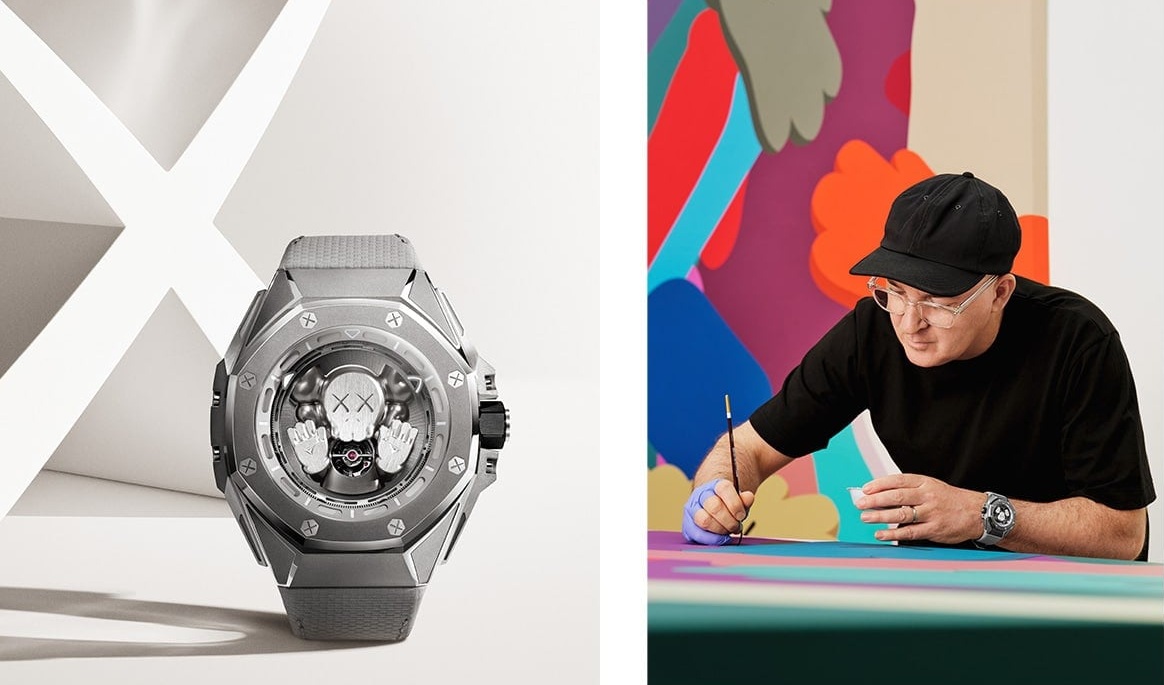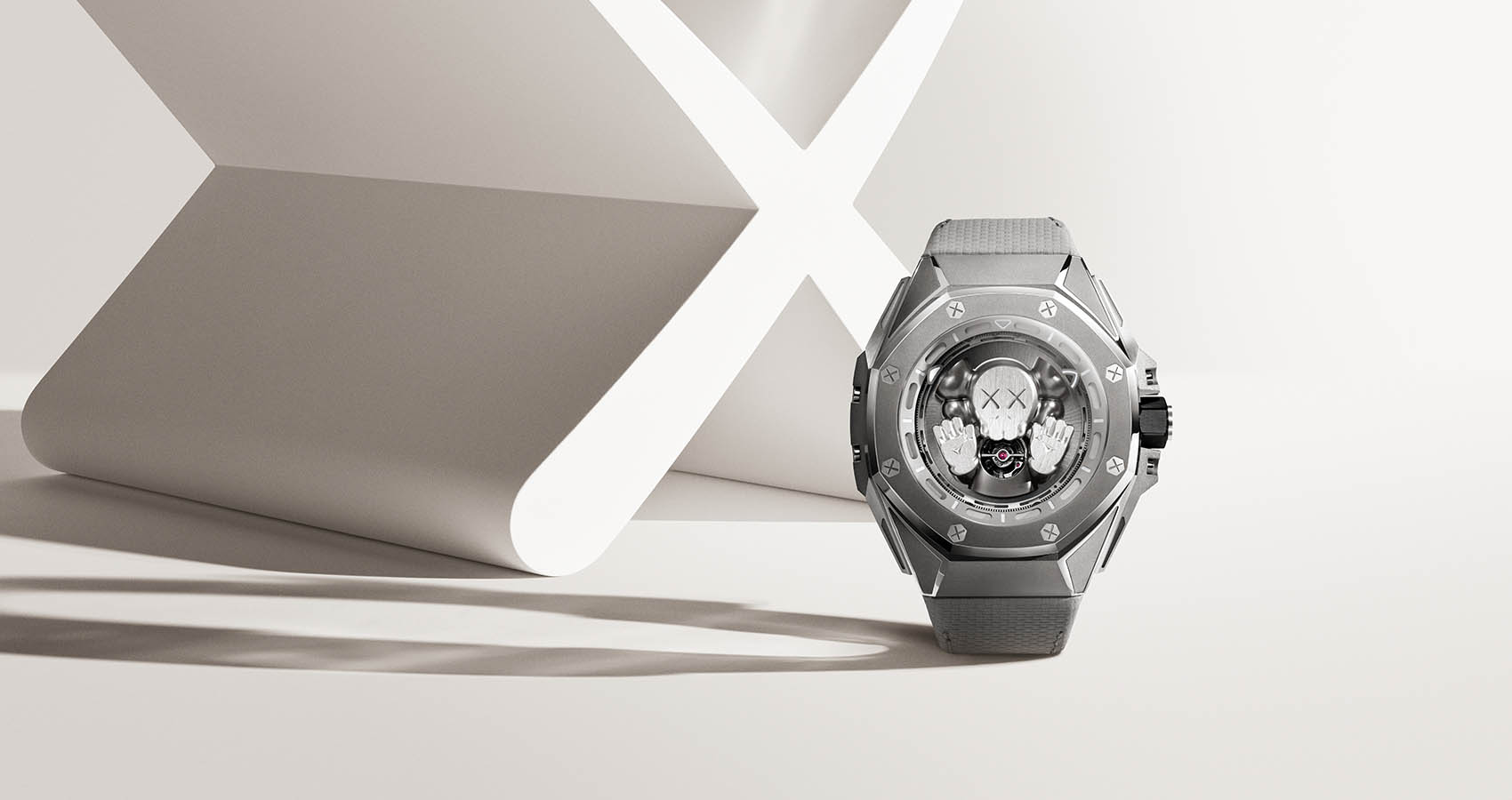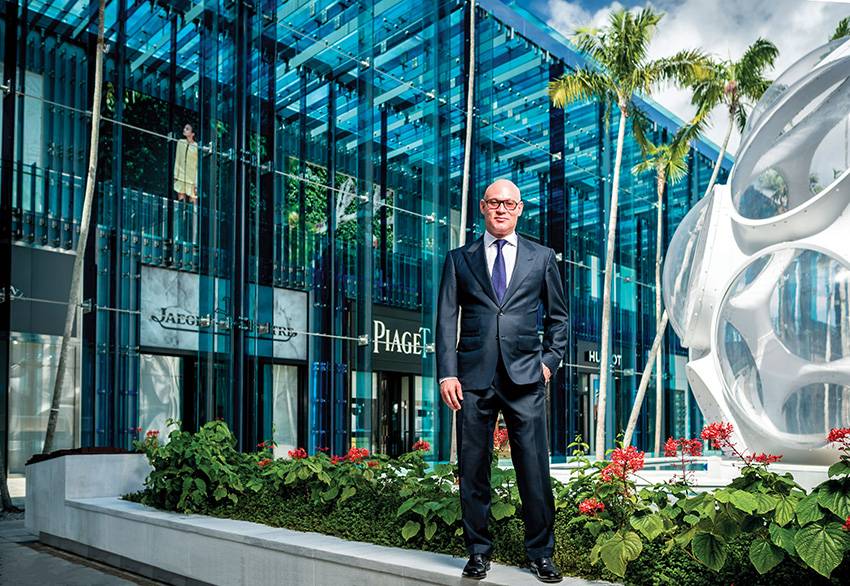
One On One: How Craig Robins Lured Swiss Watch Brands To The Miami Design District
Craig Robins has played a key role in the revitalization and restoration of Miami’s most exciting neighborhoods. The developer, art collector, and philanthropist dreams up transformative residential, commercial, and mixed-use projects, many of which have turned out to be some of the Magic City’s most lucrative projects. Based in Miami, Florida, he is the CEO and president of Dacra, a world-renowned real estate company that he founded in 1987. Alongside his mentors, developer Tony Goldman and Island Records founder Chris Blackwell, Robins was responsible for the rebirth of South Beach’s highly-visited and glamorous Art Deco district. Robins later created a residential haven called AQUA on the southernmost part of Allison Island in 1999, which took South Florida luxury living to new heights.
With a number of successful neighborhood transformations under Robins’ belt, his latest dream is now being realized with the Miami Design District. Robins viewed the area as underutilized and untapped, envisioning a cutting-edge and upscale neighborhood with a promising future for the site. The neighborhood is now home to the most luxurious fashion houses, watch and jewelry brands in the industry, such as Cartier, Hublot, Hermès, and Louis Vuitton. One by one, major brands were lured from Bal Harbour Shops, where they had been for decades, by the space and creativity the Miami Design District offers. Although the neighborhood’s renewal has been in the works for quite some time and isn’t completely finished yet, Miami’s Design District has already been labeled as a valuable international hub for unprecedented art, design, fashion and food. Thanks to Robins, it’s also set to become a prime cultural landmark for watch aficionados. We met on site with the man who lured Switzerland’s finest across the Atlantic.
Out of thin air, you’ve built a new hub for watch collectors in a city far away from the industry’s birthplace. Where did that crazy idea come from, and how were you able to realize your vision?
The Design District is Miami’s creative laboratory. We focus on both culture and business opportunities. On the business side it’s already established itself as the frontier for furniture design, art, food and now, fashion. And as part of our vision we decided to create a new street called the Paseo Ponti: a luxury street anchored by fashion, watch and jewelry brands. On the southern end of the Paseo Ponti, we created a magnificent plaza with Palm Court; a sculptural portrait of Le Corbusier by Xavier Veilhan; and a magnificent building by Fujimoto—his first in the United States. Today the plaza unites the most extraordinary collection of watch and jewelry brands in a single location in the U.S. I can’t think of another place like it. As far as the eye can see, it’s just one major brand next to the other.
What’s remarkable is that you’ve brought together competing groups such as LVMH, Richemont, and Swatch Group, along with Audemars Piguet, Ulysse Nardin and other independent brands. How were you able to get them to play together in one central location?
From our partnership with L Real Estate, which is minority-owned and sponsored by LVMH, we already had a little traction in the fashion world. The firm has been a great development partner for us, and brought in brands such as Christian Louboutin. But LVMH’s validation gave us enormous credibility and really opened the eyes of the fashion world. If Miami was already a major destination for luxury fashion, it also became a place where something else—something new and special—could happen. We began working primarily with two groups: Hermès was the first major fashion brand to commit to the Design District, followed shortly by Cartier and Richemont. When Cartier said they wanted to join us, it nudged fellow Richemont brands such as IWC and Vacheron Constantin to do the same. It also inspired a lot of other important watch and jewelry brands, including Harry Winston, Omega, Rolex and others.
You are also creating some disruption within brands. Parmigiani Fleurier, which had made it a point never to open a store next to another watch brand, is making its first exception this year with the Miami Design District.
You know, it’s funny. We have a lot of property. It’s a big neighborhood we’ve created. But we don’t require that anybody be in a specific location. We try to cater to whatever the tenants’ needs are. And we found that all the brands were really inspired and wanted to be in the plaza or in close proximity to the plaza. We were truly honored when Parmigiani Fleurier validated this vision and said it wanted to be part of it. Once brands such as Hublot and IWC came to the fore, other brands wanted to be around them, and then it snowballed. We also got some really cool independent companies like Jason of Beverly Hills and Alchemist. There’s a spectrum of visions and brands, and that’s what I think is going to make it extra special.
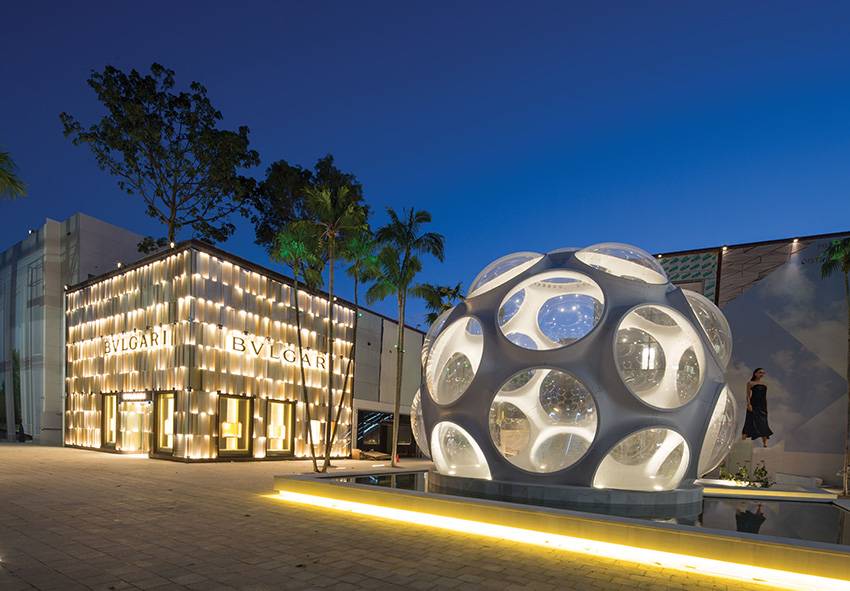
It’s no secret in Miami that you’re its busiest resident. Given your relentless efforts, how excited are you for the coming months, when people finally get to experience the vision you’ve created?
One of the great things about the Miami Design District is its ever-evolving nature. Every time you come here, you’re going to find something fresh. Whether it’s in Palm Court, the garage mural by John Baldessari, or the Institute of Contemporary Art. We’re not a mall; we’re a neighborhood. There’s a lot to discover. By December it will really come together and be cohesive. You’ll get to experience about half of what’ll be here by 2017 because we’ve just started on 20 more buildings.
With the Design District, Miami is contributing to a power shift in the geography of luxury shopping in the United States. The Miami Design District is its own watch fair, in a sense. Collectors can see it all in one place, and that’s very unusual in the United States.
For the first time, they’re getting a cross section of everything that’s happening at the moment. Similarly, you’ve got a permanent installation of the most important watch and jewelry brands in the world all in the same area, which gives collectors the opportunity to really go, compare and thoughtfully decide what they want.
Have you started collecting watches?
When it comes to watches, I’m more knowledgeable since becoming an active participant to the industry, and I find them absolutely fascinating. The idea that there’s still this very refined, dedicated culture to the mechanics of time is fascinating. I don’t think about it necessarily the way everybody else does. I love what Cartier does with watches and in Miami that may not the typical go-to watch. I think Hublot has been a really interesting, progressive innovator with a contemporary fun look. I’ve had the opportunity to discuss watches with brands already in the Miami Design District and there’s a wonderful culture surrounding watches. I’d love to go [to Switzerland] and see how the watches are made.
To add to the excitement, Miami and specifically the Design District, will experience one of the great artistic celebrations of the year with Art Basel. The whole world will then descend at once to the Design District. How will the Miami Design District prepare for that event?
By the time Art Basel comes to town, there will be many more restaurants in the area. Joël Robuchon will be bringing L’Atelier to Miami, and Jean-Georges Vongerichten is going to do an ABC Kitchen. Before it was known as a place for fashion, Miami was already known for , great restaurants, including Michael’s Genuine, Cypress, MC Kitchen and Mandolin. Our goal is to keep adding to that. There are going to be restaurants opening here every three to six months for the next few years. Michael Schwartz’s Ella just opened in the Palm Court plaza, where all the watch and jewelry brands are. It’s a beautiful place to just sit down and have lunch.
Now that you have the best luxury brands under one roof, are you already looking at adding another category to the family?
Art is a big part of what we’re doing, from commercial art to non-profit exhibition groups such as Locus Projects and Swampspace. And already we’ve brought together exciting collections to The Institute of Contemporary Art. The De La Cruz collection has created an early buzz. We’re also keen to develop a creative experience for visitors, so they are able to walk around the Design District and experience art while they shop through public installations. If you’re coming to Miami, the Design District is the one place that you absolutely have to come and see. Whether you’re looking for watches or jewelry or fashion, or just want to have an espresso and look at some amazing art, it’s the place to be.
 SIGN UP
SIGN UP


